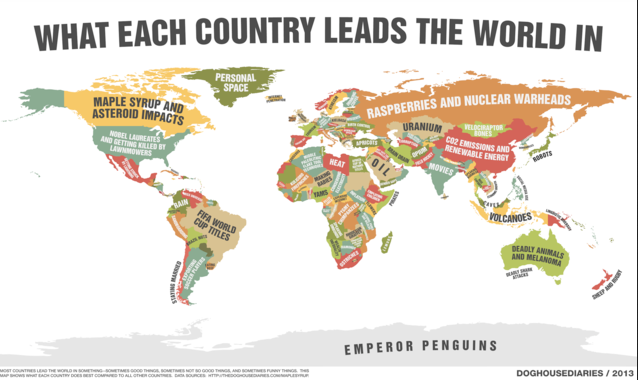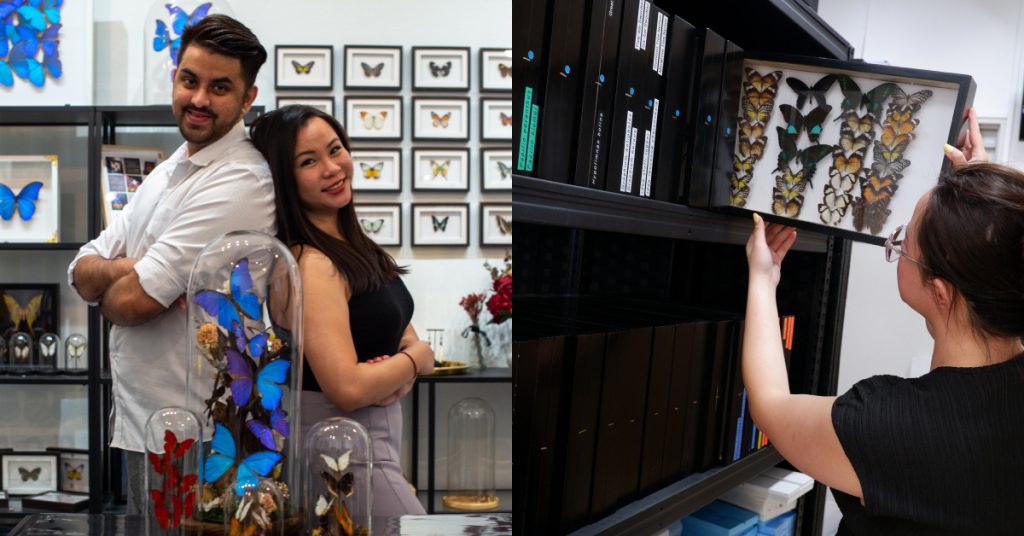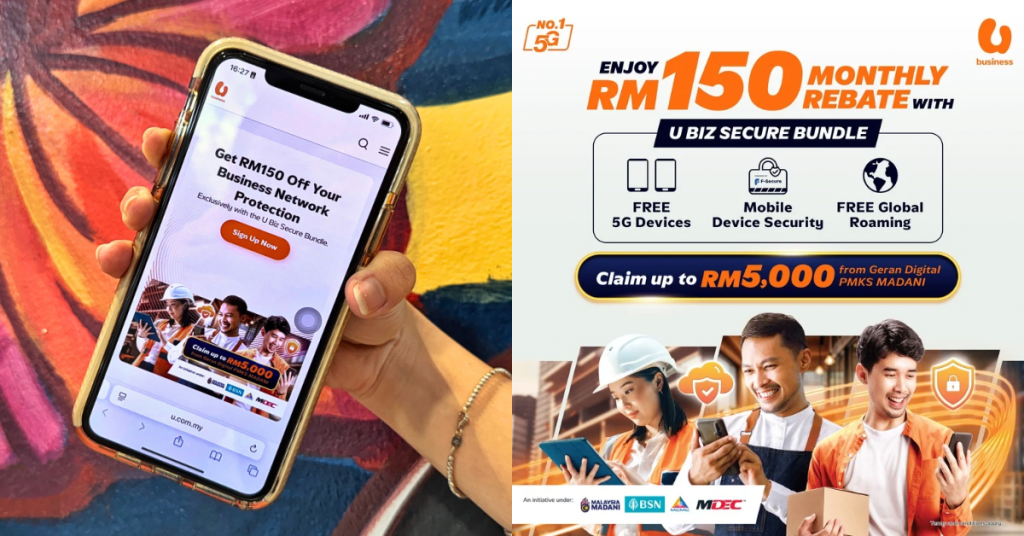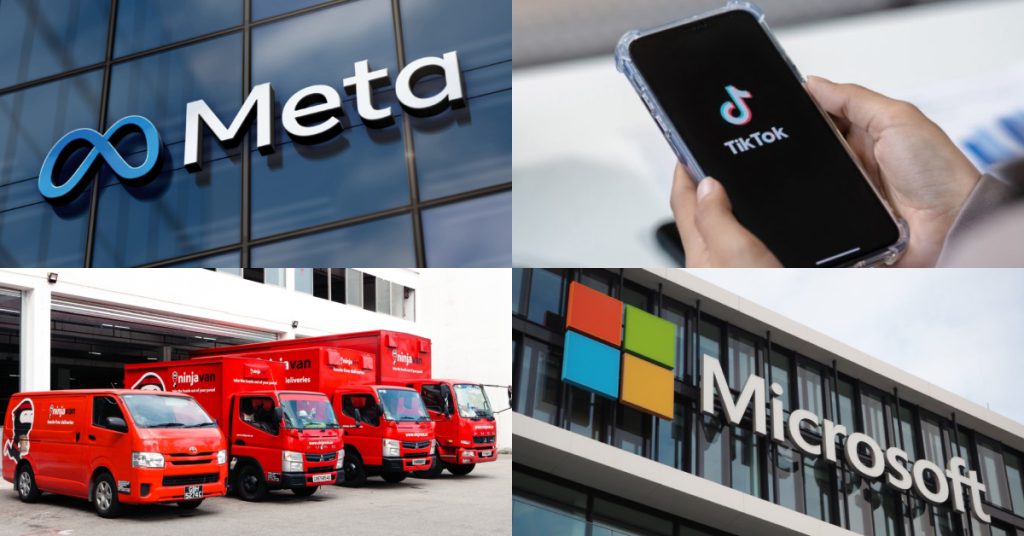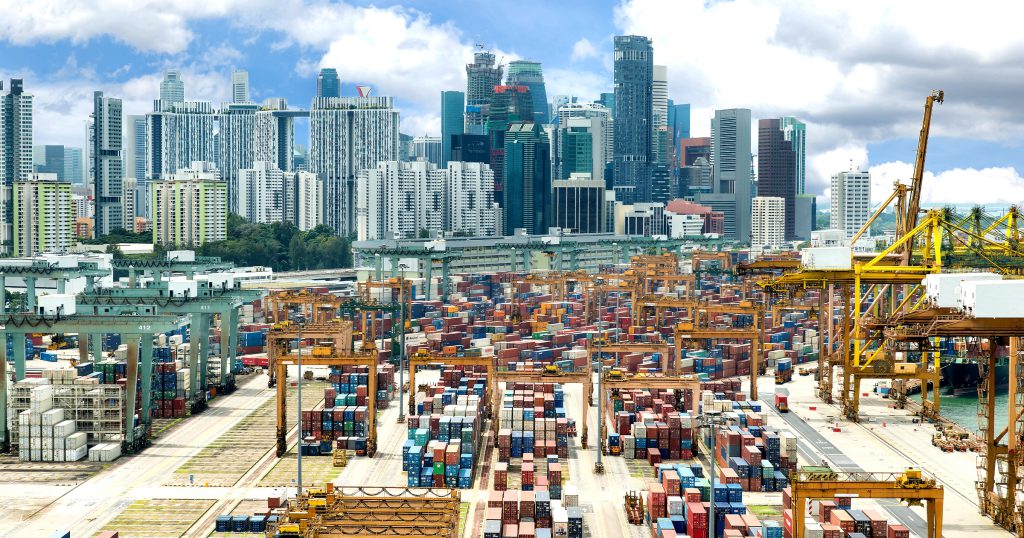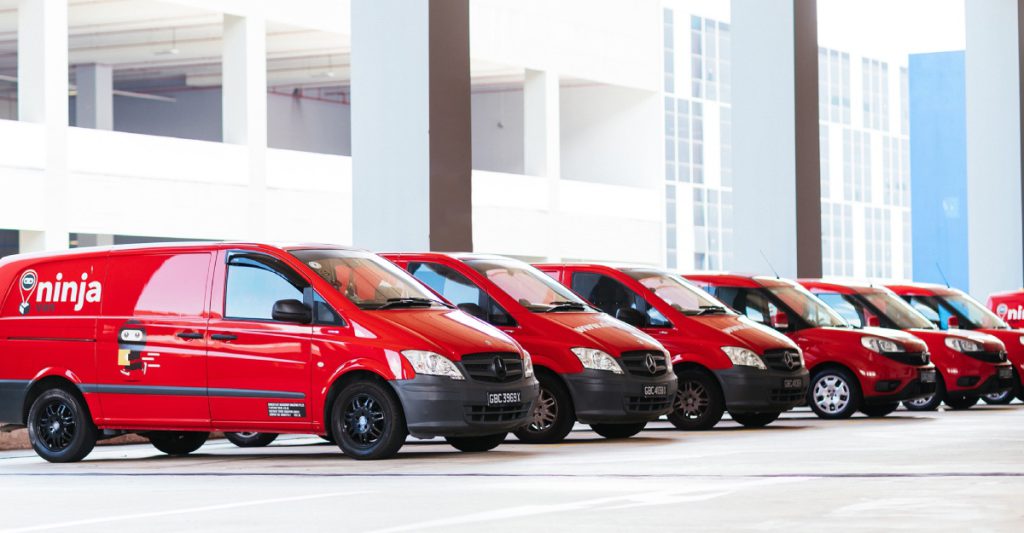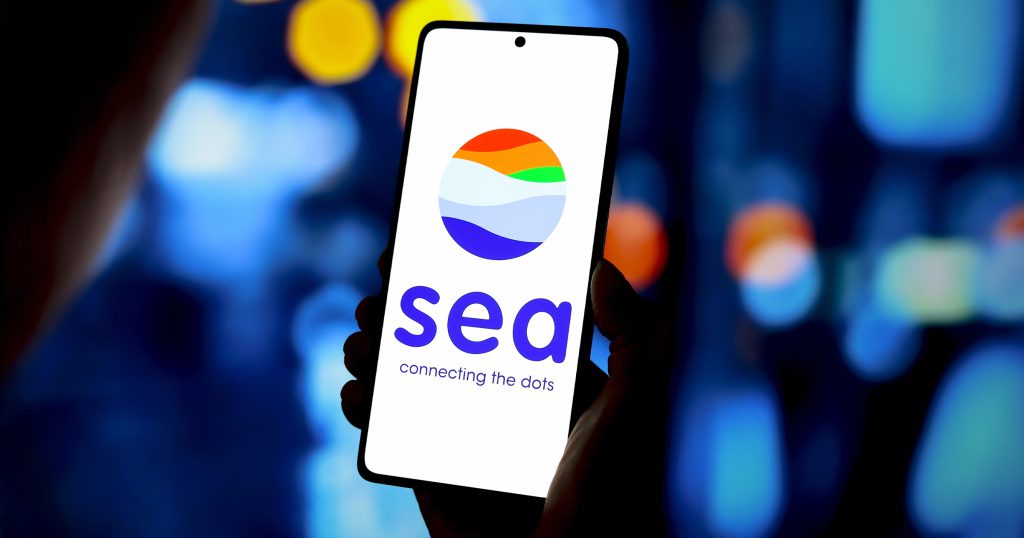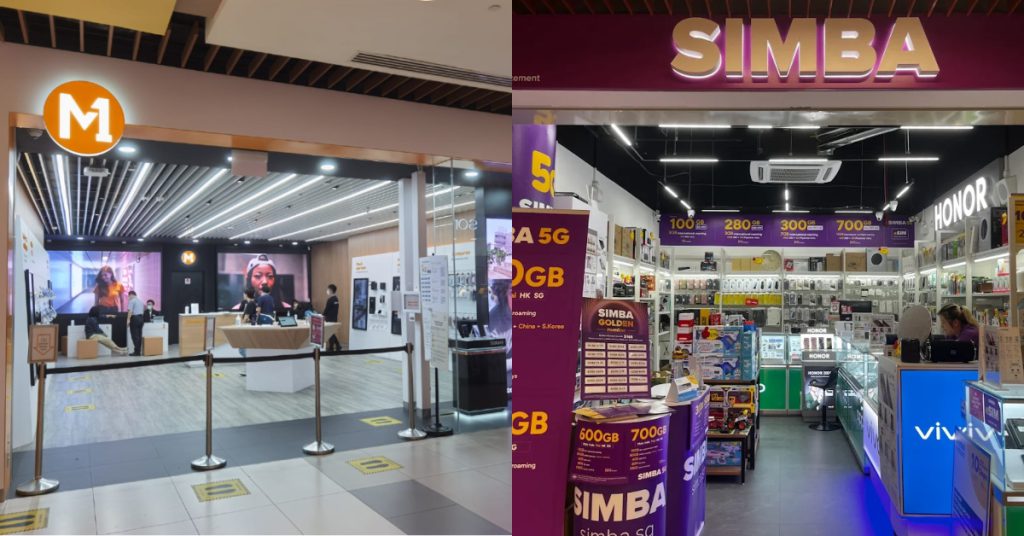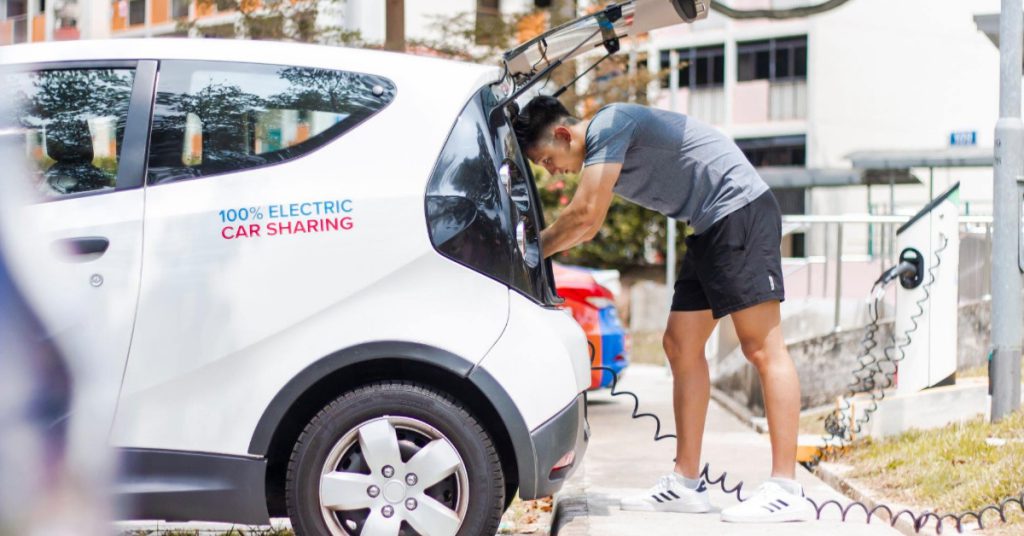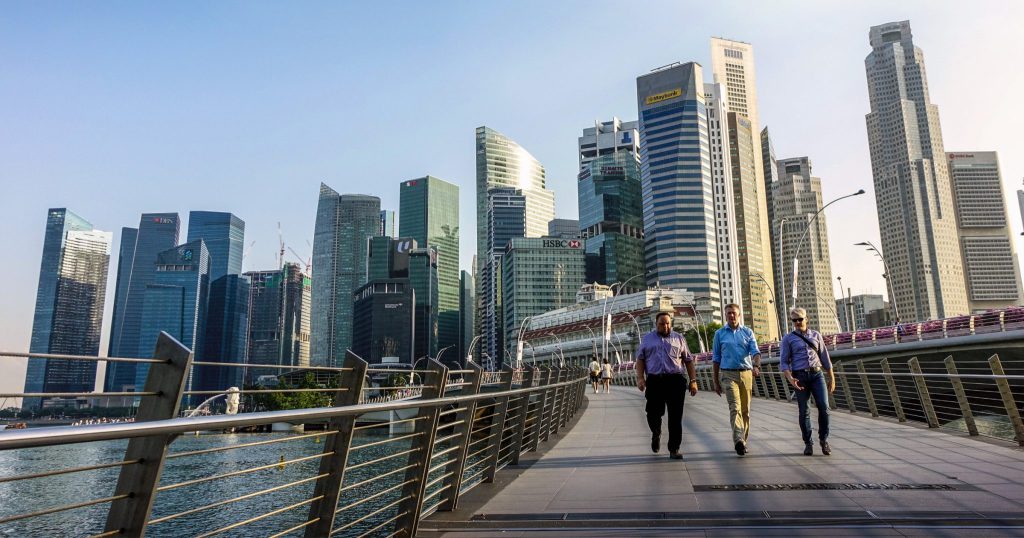Filipinos are using social media platforms 53 hours a week. That’s a whole 11 hours more than the global average of 42 hours!
In a global study called Wave7, Filipinos are using social media to primarily connect with their families living overseas. As of this writing, there are more than 11 million Filipinos living outside the Philippines. Social media has become a way for them to communicate with their families and friends instead of using overseas call and text, which are the traditional ways of communication.
Social Media is the Modern Method of Communication
In the past, local telcos usually have ongoing overseas call and text promotions which are actually quite expensive. The telco usually charged around 50 cents (which is roughly 25 pesos) per minute when calling someone abroad. You would not call someone abroad to talk for just under a minute, right?

As Internet penetration increases in the Philippines, it seems that Filipinos have grown fond of using apps such as WeChat, Line, Skype, and Facebook Messenger. Line has a Free Call services. I use Skype to call my friends abroad. With social media, the barrier to communications between families separated by countries have diminished, and only the country’s total social activity has increased.
How Filipinos Use Social Media
This is how Filipinos use social media – broken down according to its respective activities:
- to keep company – 62%
- to share new experiences to friends and followers – 63%
- to have fun – 65%
- to meet new people – 70%
- to stay in touch with friends and family – 74%
The Wave project was first conducted in 2006 to measure the impact of social media across the globe.

Over the years, the study has widened its study and strove to find that connection between human behavior and social media use. During the study’s 7th year, the results clearly suggested that our behavior in social media are driven by inherent human truths that underpin consumer’s relationship with products and brands. Sounds complicated? This is why we use social media in the first place:
- Relationship (sharing experiences and emotions)
- Diversion (entertainment and relaxation)
- Progression (career and financial status)
- Recognition (expressing opinions and earning respect)
- Learning (exploring the world and keeping up-to-date)
If you look at it closely, the very activities mentioned earlier clearly satisfies these core needs.
- Relationship (stay in touch with friends and family)
- Diversion (have fun)
- Progression (share new experiences to friends and followers)
- Recognition (keep company)
- Learning (meet new people)

As Wave7 is a social media study, it is natural to take a look at the devices being used to socialize. The survey notes the rise of smartphones. For Filipinos, the growth and increase usage of phones for accessing the Internet has led to an “always on” mentality. This has been reported by other research firms, which also coincide with the increased Internet usage in the country.
However, it should be noted that even with the increase in social media activity, Filipinos are still concerned about privacy. 77% amongst them are still hesitant to share personal information online, which is higher than the global average of 66%.
Also read: [Did You Know] Filipinos Pay More for Slower Internet


